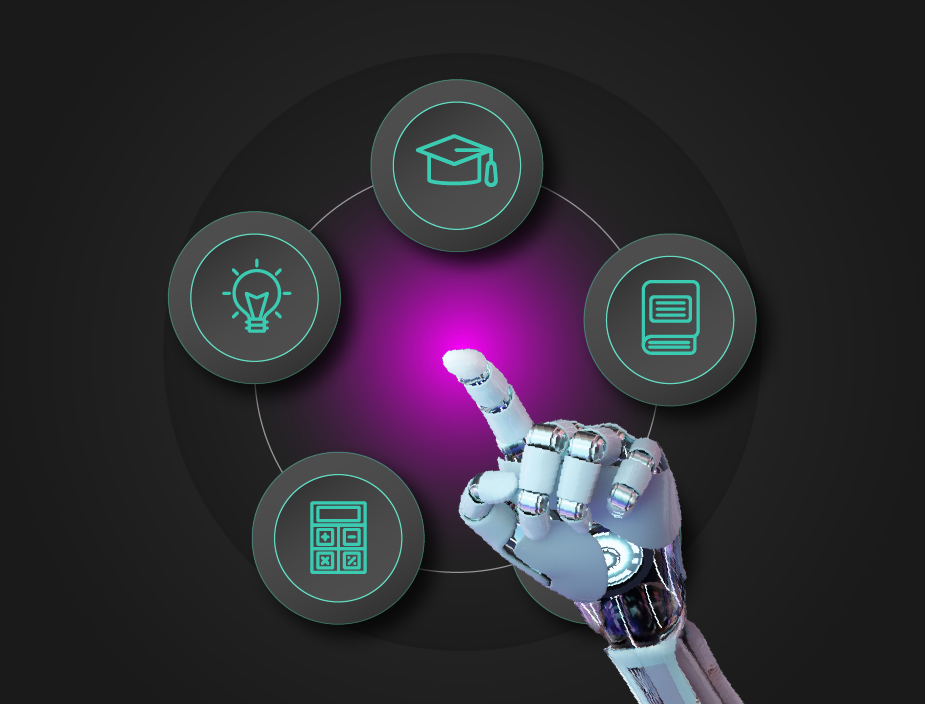Join our newsletter



The education landscape is evolving rapidly, and artificial intelligence (AI) is emerging as a powerful tool to empower teachers and enhance student learning. From personalized instruction to interactive simulations, AI offers a treasure trove of resources to boost engagement and cater to diverse learning styles. But with so many options available, navigating the world of AI tools can feel overwhelming.
This guide explores 10 AI resources that can transform your classroom:
Pros: Saves time, provides instant feedback to students, and helps identify common errors.
Cons: May struggle with complex or open-ended responses, might not be suitable for all types of assessments, lack of human touch in feedback.
Pros: Personalized learning paths, cater to diverse learning styles, fill knowledge gaps efficiently.
Cons: Costly for some schools, may require additional training for teachers, and student engagement might depend on platform design.
Pros: Highly immersive learning experiences, spark curiosity and engagement, and foster a deeper understanding of concepts.
Cons: Requires VR headsets which can be expensive, may cause motion sickness in some students, and limited content for specific subjects.
Pros: Provides one-on-one support 24/7, helps students work independently, and offers instant clarification of doubts.
Cons: May not replace human interaction entirely, limited ability to assess complex thinking skills, cost factor depending on the platform.
Pros: Personalized learning plans and gamification increase engagement, help build vocabulary, and improve pronunciation.
Cons: May not be suitable for advanced learners, limited focus on conversation practice, the repetitive nature might deter some students.
Pros: Encourages independent learning, provides access to a vast amount of information, and fosters critical thinking skills through research.
Cons: Accuracy of answers might vary depending on the system, may not be helpful for open-ended questions, and requires internet access.
Pros: Improves grammar and style, identifies plagiarism attempts, increases confidence in writing skills.
Cons: Over-reliance on AI might hinder independent learning of grammar rules, may not capture the overall writing style or tone, potential for suggesting redundant or unnecessary changes.
Pros: Make assessments interactive and fun, provide immediate feedback and scores, and promote healthy competition among students.
Cons: Might focus more on memorization than deeper understanding, limited question formats may not be suitable for all types of assessments, and the potential for cheating if not monitored properly.
Pros: Saves time on lesson planning, generates creative ideas for content, and helps with formatting and presentation.
Cons: Requires initial set-up and training, may not always capture the exact teaching style or intent, lack of personalization for specific student needs.
Pros: Provides valuable insights into student progress, helps identify areas for improvement, and informs personalized teaching strategies.
Cons: Privacy concerns regarding student data, requires time for data analysis and interpretation, and potential for data overload if not used strategically.
Ultimately, the best AI tool for your classroom depends on your teaching style, student needs, and the specific learning objectives you're aiming for. Consider a combination of these tools to create a well-rounded learning experience that leverages the strengths of both AI and human expertise.